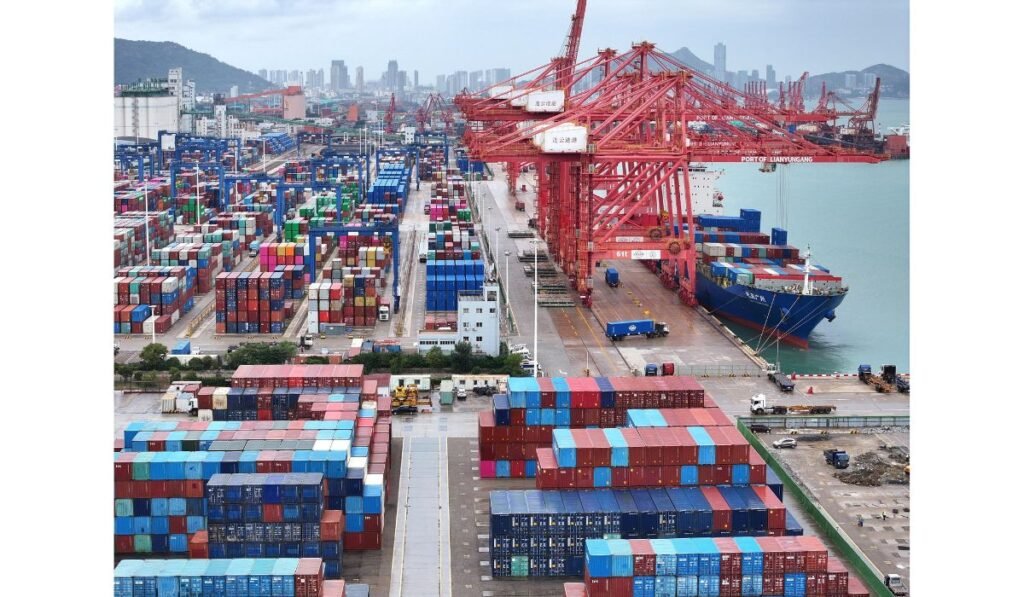BEIJING (Reuters) – China exports forecast showed impressive growth in October, marking the fastest rate in over two years. Manufacturers rushed to ship inventory to major export markets. They aimed to avoid potential tariffs from the U.S. and the European Union as a broader trade war loomed. #ChinaExportsForecast
With Donald Trump now elected as the next U.S. president, his promise to levy tariffs over 60% on Chinese imports may trigger stock transfers to warehouses in China’s top export destination.
Last month, outbound shipments from the world’s second-largest economy rose 12.7% year-on-year, according to customs data on Thursday. This surge far exceeded a predicted 5.2% increase from a Reuters poll and a 2.4% gain in September. Imports dropped 2.3%, against expectations of a 1.5% decline.
“We can anticipate a lot of front-loading going into the fourth quarter, before the pressure kicks in come 2025,” said Xu Tianchen, senior economist at the Economist Intelligence Unit.
“I think it is mainly down to Trump. The threat is becoming more real.”
Trade data from South Korea and Taiwan indicated slowing global demand, while German manufacturers also reported difficulties in securing overseas buyers. Analysts believe producers are either lowering prices to attract buyers or moving stock out of China.
However, exporters also benefited from favorable weather, allowing them to send out delayed shipments. Typhoon Bebinca halted Shanghai’s operations for a day in September, severely affecting one of the busiest ports. In Jiangsu, a tornado killed at least 10 people, while heavy rain and strong winds hit other regions, disrupting production.
Natural disasters cost China 230 billion yuan ($32.23 billion) in economic losses in the third quarter, reported the Ministry of Emergency Management. Though factory owners could complete delayed orders, an official survey for October showed overseas demand remained weak.
On a more positive note, overall manufacturing activity grew for the first time in six months. Factory owners reported an increase in orders, suggesting stronger domestic demand.
South Korea’s exports to China, a key signal of the $19 trillion economy’s imports, surged 10.9%, reaching a 25-month high.
Export growth has been a rare bright spot for China’s economy, which has faced challenges gaining momentum due to weak local demand and a property market debt crisis. #ChinaExportsForecast
Moreover, China exports forecast benefited from increased orders and favorable conditions. The looming trade war pushed businesses to rush goods, trying to avoid future disruptions. As Donald Trump’s election win fueled concerns, Chinese exporters quickly adjusted strategies to maintain their competitiveness.








